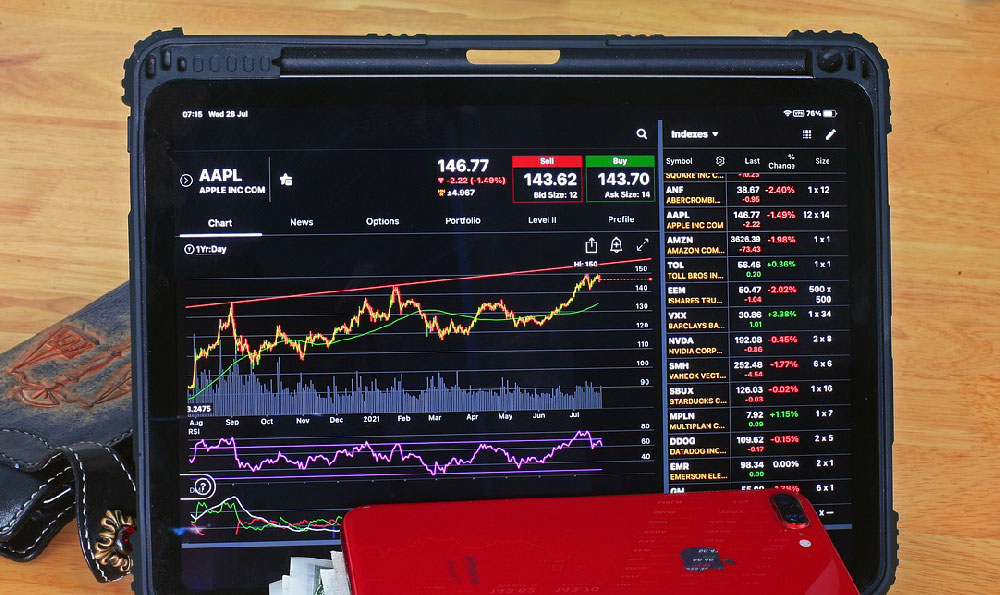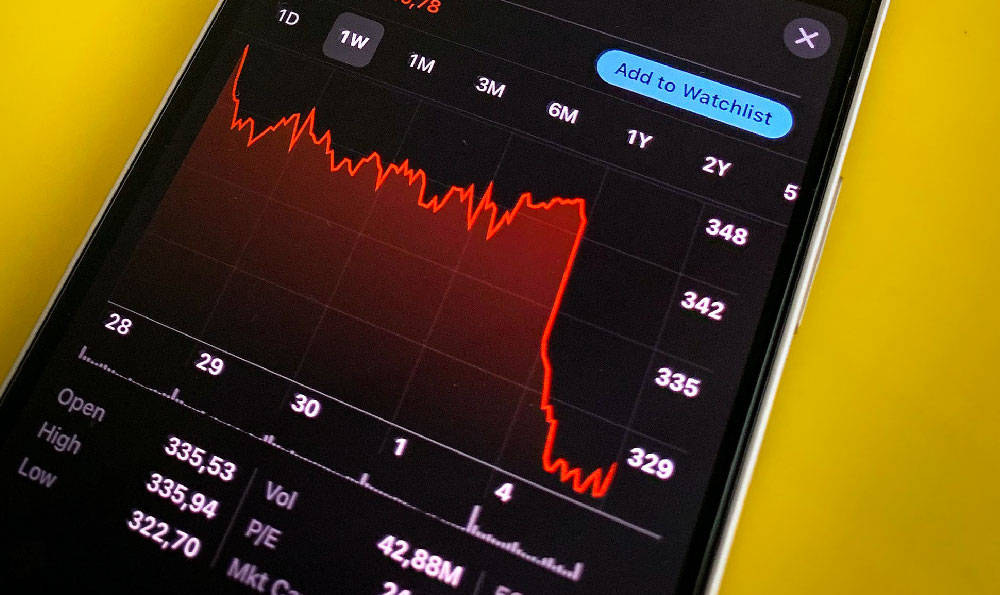Algo: Smart Bet or Risky Business? Is it worth investing?
Here's an article exploring Algorithmic Trading in Cryptocurrency, aimed at providing insights for potential investors:
Navigating the Algorithmic Crypto Landscape: Smart Bet or Risky Business?
The cryptocurrency market, known for its volatility and 24/7 operational hours, presents both immense opportunities and considerable challenges for investors. Traditional trading methods, often relying on manual analysis and emotional decision-making, can be inefficient and prone to errors in this fast-paced environment. Enter algorithmic trading, also known as algo-trading or automated trading, which promises to leverage the power of computer programs to execute trades based on pre-defined rules and strategies. But is this a smart bet or a risky business? Deciding whether to invest requires a balanced understanding of its potential benefits and inherent risks.

Demystifying Algorithmic Trading in Crypto
At its core, algorithmic trading employs computer programs, or "algorithms," to automatically execute buy and sell orders based on a set of instructions. These instructions can be simple, such as buying a cryptocurrency when its price dips below a certain threshold, or complex, involving sophisticated technical analysis, market data analysis, and even machine learning models to predict price movements.
These algorithms operate tirelessly, analyzing vast amounts of data and executing trades with speed and precision that no human trader can match. They can be programmed to follow a variety of strategies, including:
- Trend Following: Identifying and capitalizing on established price trends.
- Arbitrage: Exploiting price differences of the same cryptocurrency across different exchanges.
- Mean Reversion: Identifying and profiting from price deviations from historical averages.
- Market Making: Providing liquidity to the market by placing buy and sell orders.
The Allure of Algorithmic Trading: Advantages Unveiled
The appeal of algorithmic trading in the cryptocurrency market stems from several key advantages:
- Enhanced Speed and Efficiency: Algorithms execute trades at lightning speed, reacting to market changes instantaneously. This speed is crucial in a volatile market where prices can fluctuate dramatically in seconds.
- Elimination of Emotional Bias: Human traders are susceptible to emotions like fear and greed, which can lead to impulsive and irrational decisions. Algorithms, devoid of emotions, execute trades based solely on pre-defined rules, ensuring consistency and objectivity.
- Backtesting and Optimization: Before deploying an algorithm in the live market, it can be backtested using historical data to evaluate its performance and identify potential weaknesses. This allows for optimization and refinement of the strategy to improve its effectiveness.
- 24/7 Operation: Unlike human traders who need rest, algorithms can operate continuously, taking advantage of opportunities that arise at any time of day or night.
- Reduced Transaction Costs: By automating the trading process, algorithms can reduce transaction costs associated with manual trading, such as broker fees and slippage.
The Dark Side of Algorithms: Risks and Challenges
Despite its potential benefits, algorithmic trading is not without its risks. These risks need careful consideration:
- Complexity and Technical Expertise: Developing and implementing effective trading algorithms requires a deep understanding of cryptocurrency markets, technical analysis, and programming. This can be a barrier to entry for novice investors.
- Over-Optimization and Curve Fitting: Backtesting can sometimes lead to over-optimization of the algorithm to fit historical data, resulting in poor performance in the real market. This is known as "curve fitting."
- "Black Swan" Events: Algorithmic trading strategies are typically designed to perform well under normal market conditions. Unexpected events, such as regulatory changes or major security breaches, can disrupt the market and cause algorithms to malfunction, leading to significant losses.
- Dependence on Data Quality: The accuracy and reliability of market data are crucial for the performance of trading algorithms. Errors or delays in data feeds can lead to incorrect trading decisions.
- Regulatory Uncertainty: The regulatory landscape for cryptocurrency and algorithmic trading is still evolving. Changes in regulations could impact the legality or profitability of certain trading strategies.
- Potential for Systemic Risk: If many traders are using similar algorithms, a single event could trigger a cascade of buy or sell orders, leading to market instability.
Is Algorithmic Crypto Trading Right for You?
Deciding whether to invest in algorithmic crypto trading requires a careful assessment of your individual circumstances, risk tolerance, and investment goals. Here are some factors to consider:
- Your Level of Expertise: Do you have a strong understanding of cryptocurrency markets, technical analysis, and programming? If not, you may need to partner with someone who does or invest in a managed algorithmic trading service.
- Your Risk Tolerance: Are you comfortable with the possibility of losing money? Algorithmic trading can be risky, especially in a volatile market like cryptocurrency.
- Your Investment Goals: What are you hoping to achieve with algorithmic trading? Are you looking for short-term profits or long-term growth?
- Due Diligence: Before investing in any algorithmic trading system or service, conduct thorough research to assess its track record, risk management practices, and transparency. Look for independent reviews and testimonials.
Mitigating Risks and Maximizing Potential
If you decide to explore algorithmic trading in crypto, here are some tips for mitigating risks and maximizing your potential:
- Start Small: Begin with a small amount of capital and gradually increase your investment as you gain experience and confidence.
- Diversify Your Strategies: Don't rely on a single algorithm or strategy. Diversify your portfolio with multiple algorithms that are designed to perform well under different market conditions.
- Monitor Your Algorithms Closely: Regularly monitor the performance of your algorithms and make adjustments as needed.
- Use Stop-Loss Orders: Implement stop-loss orders to limit your potential losses.
- Stay Informed: Keep up-to-date on the latest news and developments in the cryptocurrency market.
The Verdict: Proceed with Caution and Due Diligence
Algorithmic trading in cryptocurrency offers the potential for enhanced speed, efficiency, and objectivity in trading. However, it also carries significant risks, including complexity, over-optimization, and dependence on data quality. Whether it's a smart bet or a risky business depends on your individual circumstances, risk tolerance, and ability to manage the inherent challenges. Approach with caution, conduct thorough due diligence, and prioritize risk management. Only then can you navigate the algorithmic crypto landscape with confidence and potentially achieve your financial goals.















